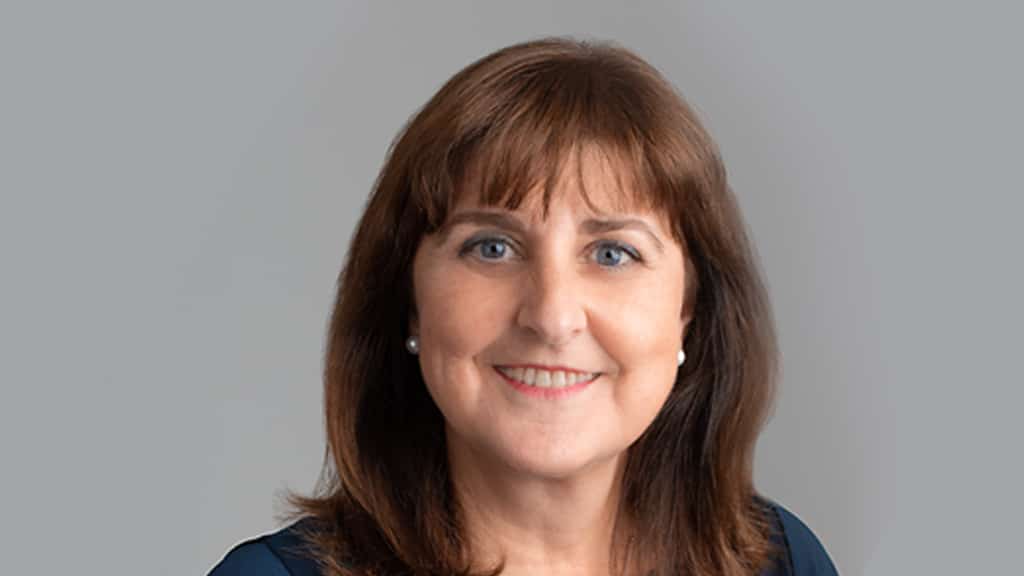We’re back with Ana Maria Garcia-Collazo, Ph.D. of Gain Therapeutics. We ended Part 1 of our interview talking about the intersection of chemistry and computational drug discovery, with an explanation of the SEE-Tx® platform.
Thank you for that explanation; that’s very helpful. Now tell us, how does the biology team factor into that?
The biology team develops the assays that are used to test the compounds we make, and they also run all the screenings of the compounds. Their assays and results are really what we need to develop the compounds.
We need to improve all the compounds all the time. We work as strong teams, where computational chemistry, medicinal chemistry, and biology work together. We need to get the compounds through the whole loop to understand why they are active, how we can make them active, or make them better. For that, we need the input of the three legs of our table.
Now can you tell us about how difficult the drug discovery process is and how you apply your experience at Gain to this field.
Drug discovery process is always difficult because it’s science. There are some parts we know but there is always going to be something we still need to understand. We need to find the tools to gain this understanding.
In the fields in which we work, a lot of the knowledge is not there yet, so we need to develop the assays to understand our compounds. That’s the most difficult part of drug discovery: you need to prove that your compounds are as good as you think and that they are worth being developed. This is the most difficult and most exciting part… so it’s what we love. We are scientists and we like the challenge!
Unfortunately, sometimes what makes it difficult is that we’re running against time. Also, there are always going to be things that you can’t predict. At the same time, that’s one of the most beautiful parts of science.
In the vein of science (broad as it is), how have you seen advances in computational methods enable the development of new drugs throughout the course of your career? How has SEE-Tx® specifically made use of these tools?
Computational methods have really pushed drug discovery forward. When I started, these methods were not well developed. Most of the hits came from big campaigns of high throughput screening which is very expensive and takes a long time to perform.
Now we have all these virtual tools that give us virtual hits. From this, we can have very robust starting points to begin the work of the chemists. This saves a lot of time and money, enabling us to shorten the process to find initial hits so we can get into the real development of these hits faster. This is a great improvement and SEE-Tx® is adding to this field a lot. It’s a really powerful tool and we are lucky to work with it.
There’s so much potential. Gain has already done so much, but there is still a lot to be explored. It must be incredibly exciting to see it happening in front of you… optimistic even?
Yes, it is. We started with LSDs (lysosomal storage diseases) that are rare diseases in small groups of patients and then we realized we could extend our technologies to conditions that affect larger groups of patients. So now we are extending our pipeline towards neurodegenerative diseases, metabolic diseases, and oncology…and we don’t need to stop there.
We can go even further as the technology is disease-area agnostic. All we need to get started is a protein structure and, with the advent of protein structure databases such as Alpha Fold, where all protein structures are predicted, there really is very little limit.
Wonderful. As we wrap up, what are you most excited about for Gain’s future?
As I said before, for me to see that the Parkinson’s disease project is moving into clinical trials – that’s extremely exciting because I’ve had this project in my hands from the very beginning. I think it’s a beautiful story and it’s going to add to the value of our overall technology.
Also, how SEE-TX® as a tool can be developed by adding more features and making it more user friendly and adding services. This is really exciting because it will be applied to many other projects. Additionally, to see our oncology pipeline moving forward. This is interesting because it’s a really new field for us and there are a lot of unmet medical needs. I think we can continue to make a really important impact.
Do you have any final words you want to leave us with?
First I want to say thank you for the opportunity to talk about Gain Therapeutics. Gain is a small company with great potential. It is a beautiful environment where different continents are working together and so many nationalities. It’s a really meaningful purpose and I am happy to be a part of it.


